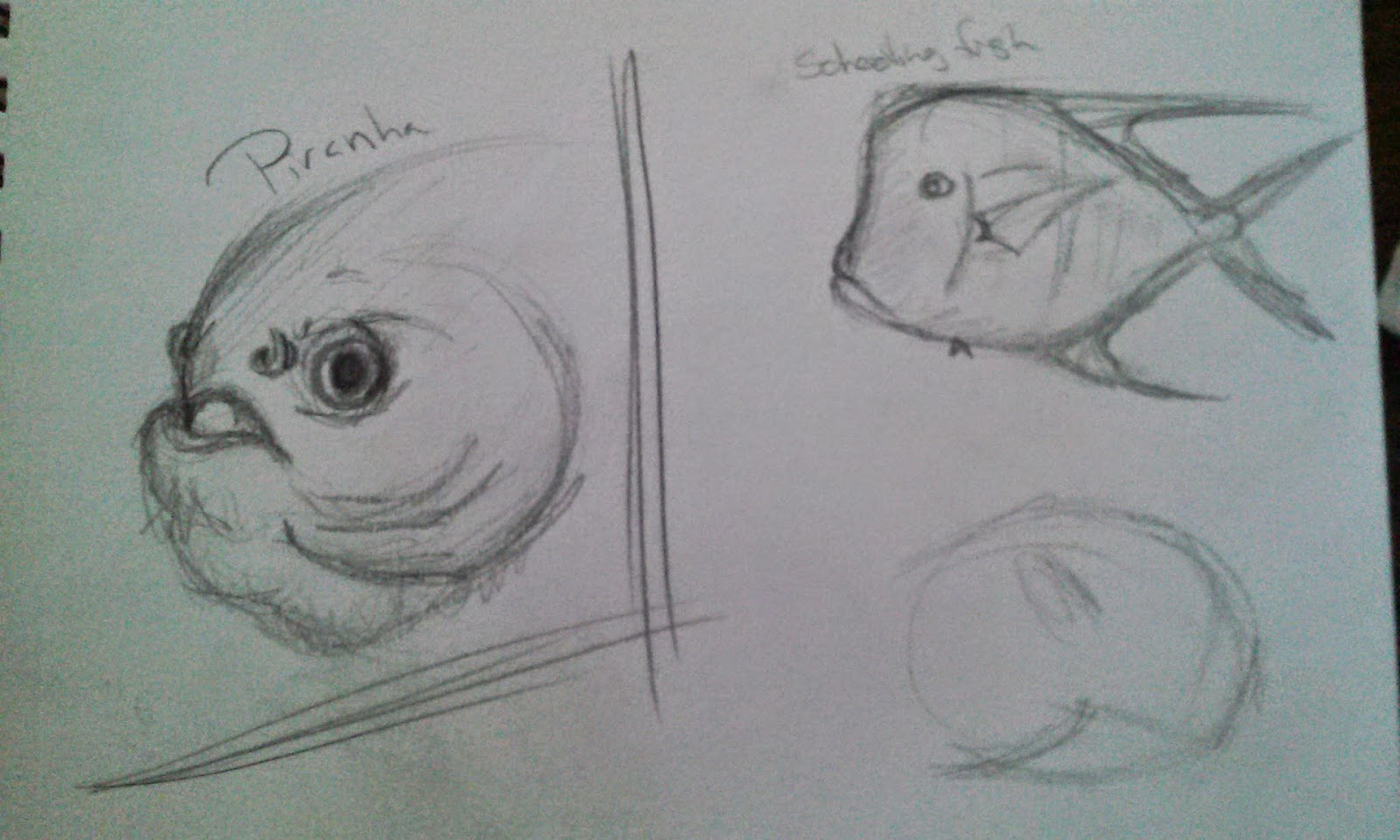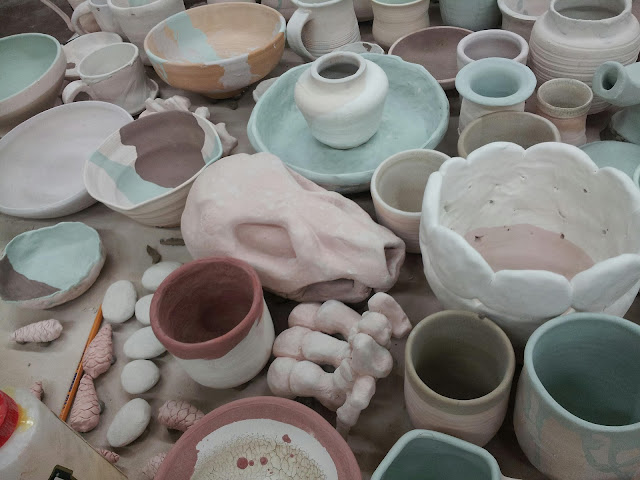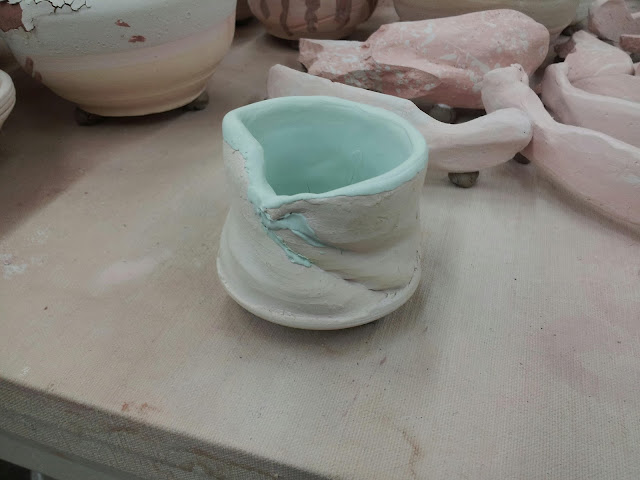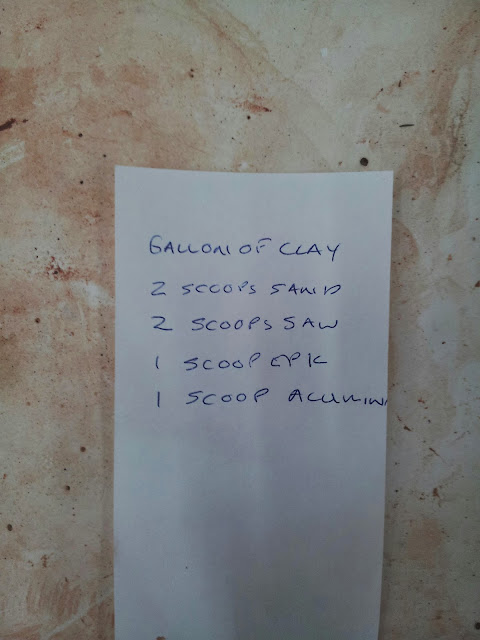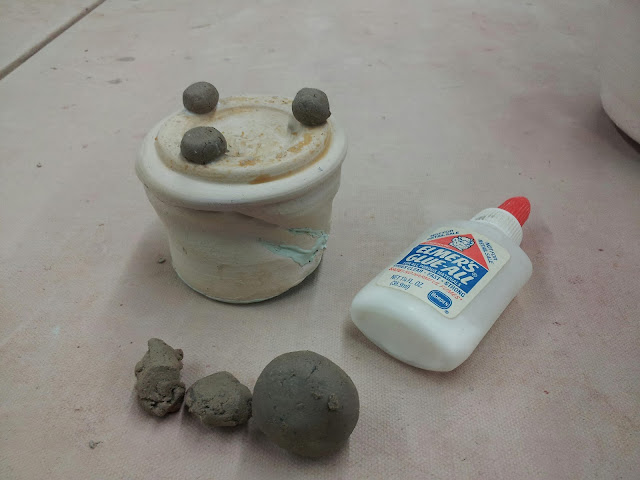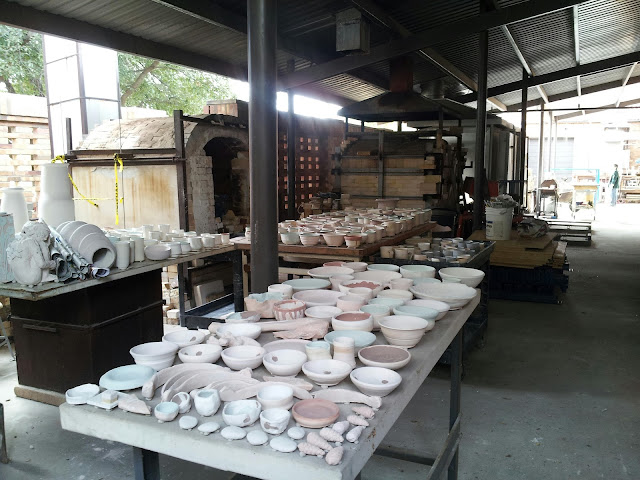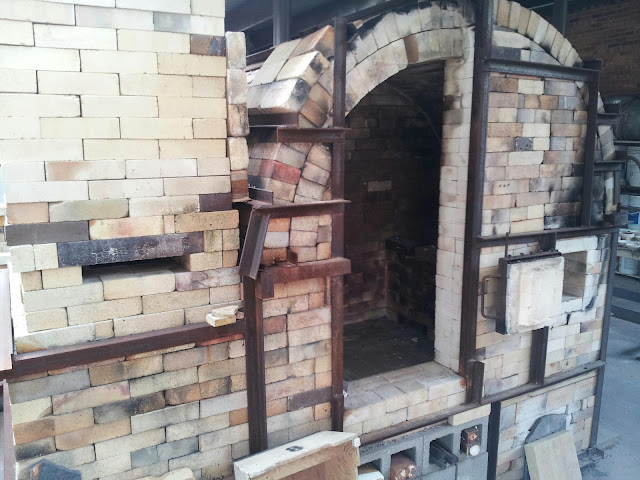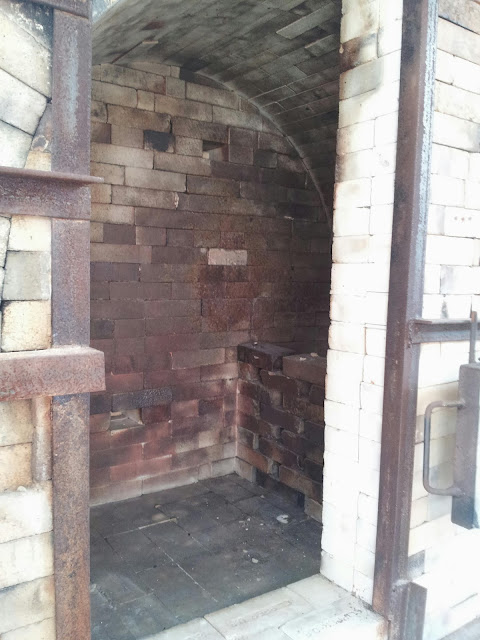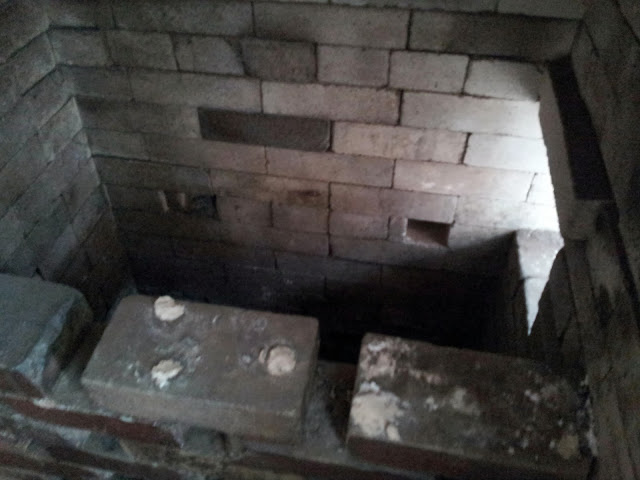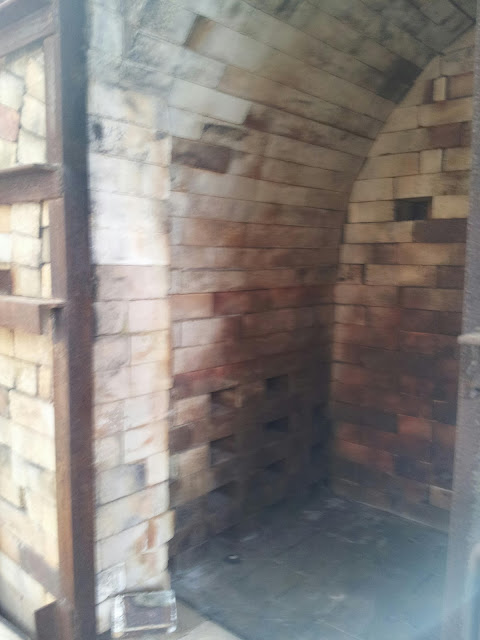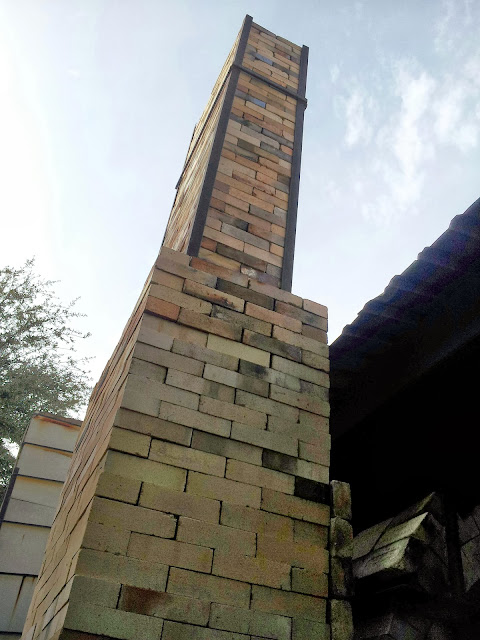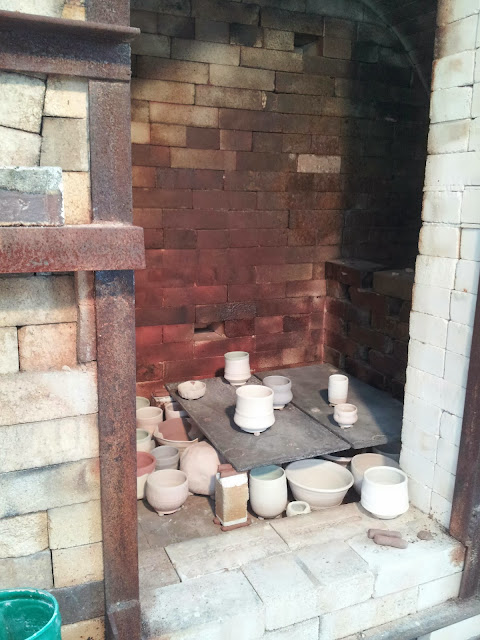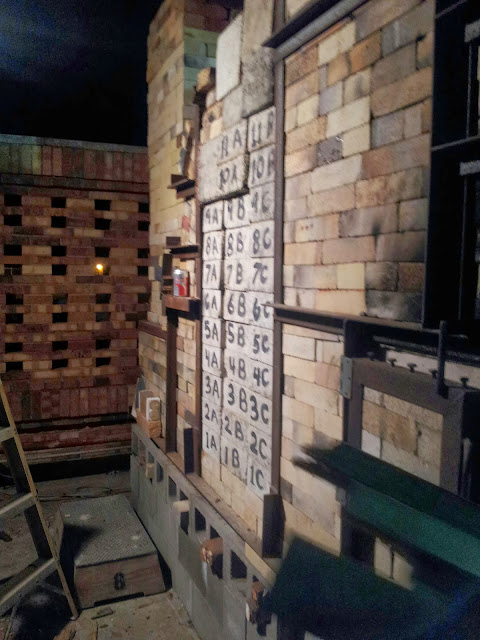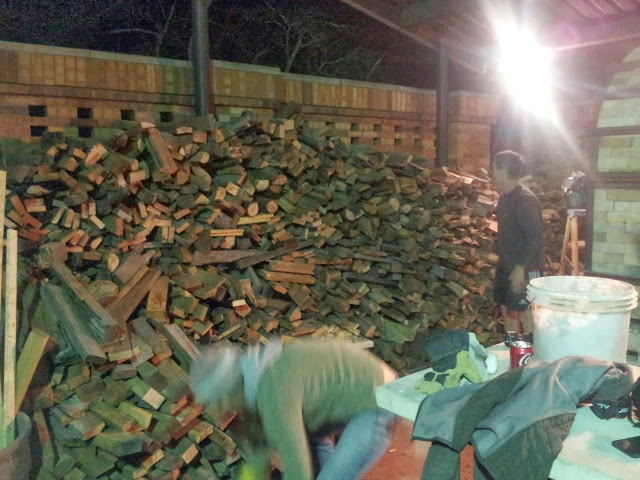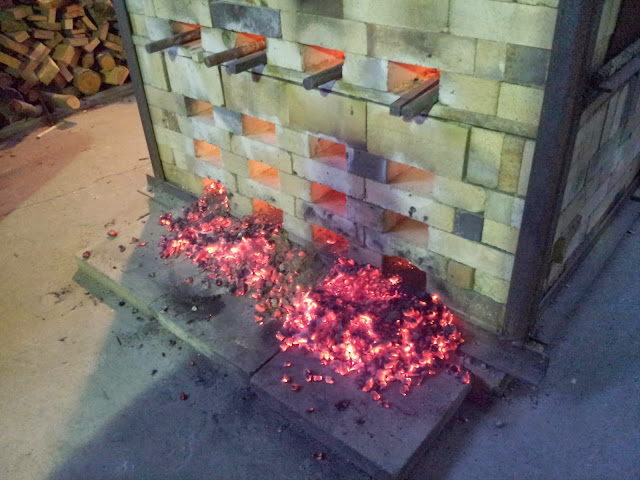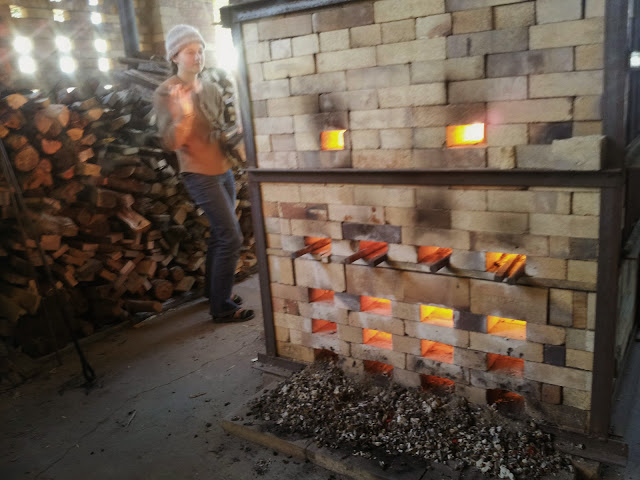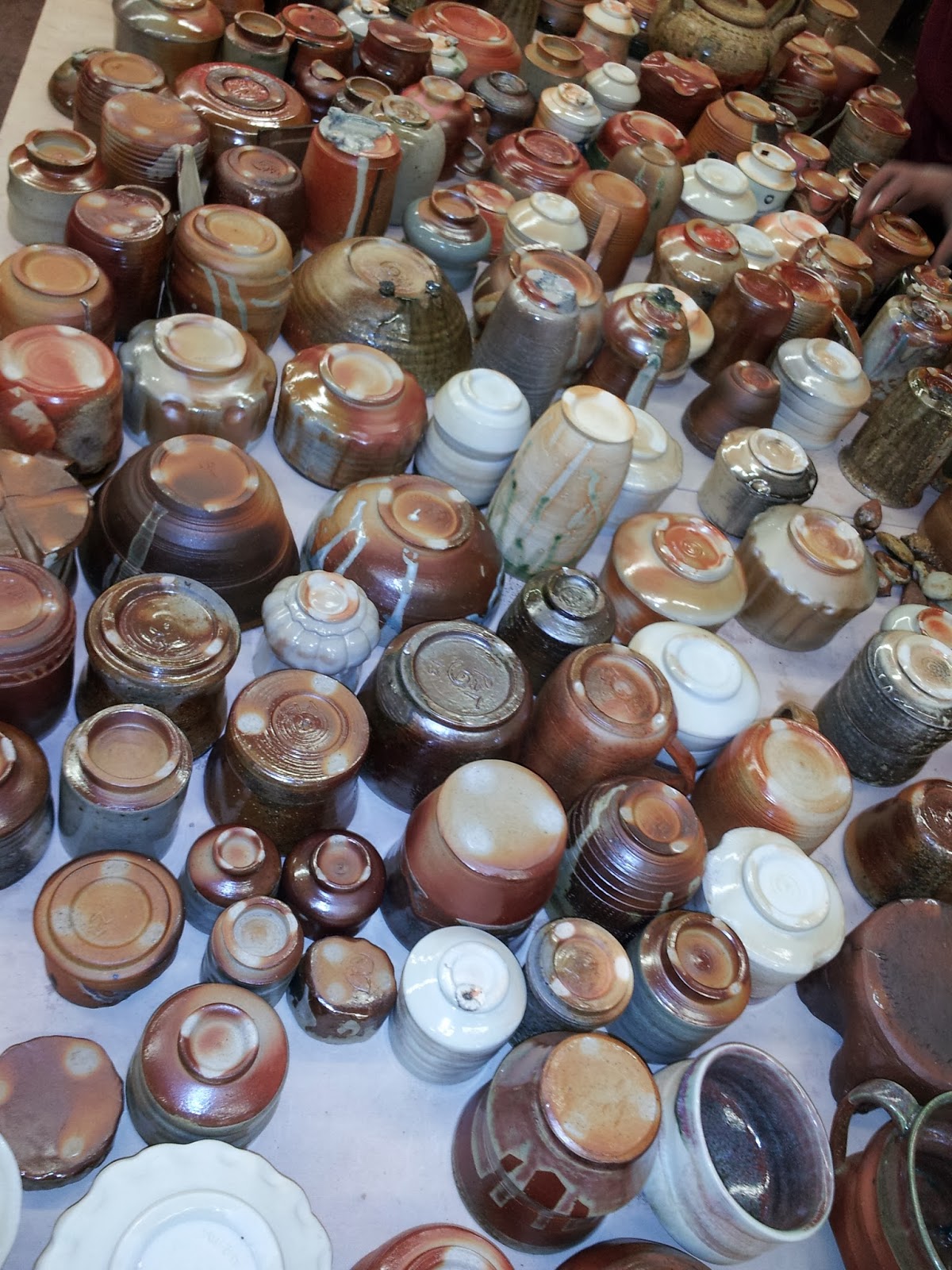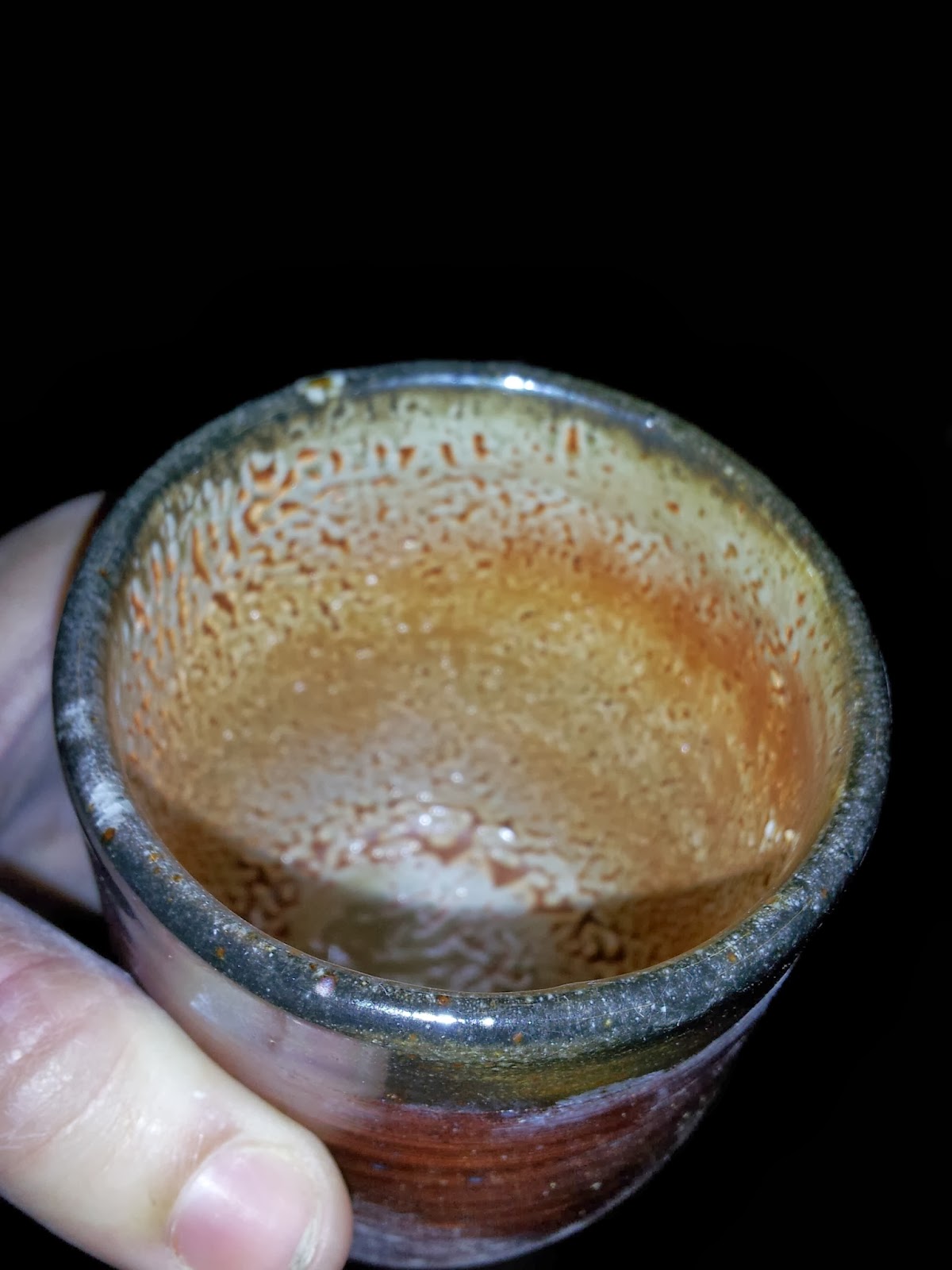 One of the most essential things you can to to become a better artist is to sketch. No matter what your medium, no matter what your style, learning how to draw realistic images is key to becoming a better artists. It may seem strange when you think about cartoonists, surrealists and even abstract artists, but every artist needs to have a firm grasp of reality before they can have the confidence to alter it.
One of the most essential things you can to to become a better artist is to sketch. No matter what your medium, no matter what your style, learning how to draw realistic images is key to becoming a better artists. It may seem strange when you think about cartoonists, surrealists and even abstract artists, but every artist needs to have a firm grasp of reality before they can have the confidence to alter it.I had the wonderful opportunity to visit the Texas State Aquarium in Corpus Christi, Texas. If you have never been there I highly recommend it. This sanctuary is more than just a place to see fish and crabs. It is home to a large variety of other animals such as birds, frogs, sea turtles, dolphins, sea otters and many others. Every time I visit a zoo or aquarium I never forget to bring my sketch book. Animals, especially a group of this variety, makes for excellent sketching practice.
If you ever have a chance to visit the Texas State Aquarium or any zoo, aquarium or wildlife sanctuary I recommend going early when they first open or during their slow hours and visit the areas of the park that don't have shows going on. Actually if you can get to an exhibit after a show then the animals will still be active without the huge crowds.
If you are wanting to sketch a specific animal, research what times the animal is most active. Porcupines for example are nocturnal and will be the most active in the early hours of the morning and right before the exhibit closes in the evenings. The Porcupine at the Texas State Aquarium is most active after 5 pm because that is when he gets fed. You can get some great views of him eating which is really fun to sketch. Another good tip is to wear the same color of clothing that the zoo keepers and staff wear. It is the most familiar color to these animals and it may even attract some animals towards you to get better views.
And the best advice I can give you is to be patient. Between animals who are shy and little kids getting in front of you, sketching at a zoo can get very frustrating very quickly. I will spend upwards of 45 minutes at one exhibit just trying to get one sketch of animal. A few ways I try to avoid this is by placing myself in a corner or near the edge of the exhibit away from the main flow of people. I also time each sketch I do. I will do a few quick 10-30 second gesture sketches then begin developing a few longer sketches as I learn the animals movement patterns. Also if the exhibit has multiple inhabitants, such as a fish tank or a aviary, I will sketch two or three animals at once. Do not get frustrated if that sleeping bird moves out of position, just move on to another sketch or try to sketch the animal in motion.
Now for the part most of you have been waiting on, the sketches! Which sketch is your favorite? Do you have any experience with sketching at a zoo or aquarium? I want to know about it. Tell me in the comments below. And until next time, sketch away fellow artists and see what awaits you out in nature.





